Dubai lies largely between the Arabian Desert and can be referred to as one of the seven emirates that constitute United Arab Emirates (UAE) in the eastern Arabian Peninsula, or that emirate’s main city, sometimes called “Dubai city” to distinguish it from the emirate.
The modern emirate of Dubai was created with the formation of the United Arab Emirates in 1971. However, written accounts documenting the existence of the city have existed at least 150 years prior to the formation of the UAE.
Dubai shares legal, political, military and economic functions with the other emirates within a federal framework, although each emirate has jurisdiction over some functions such as civic law enforcement and provision and upkeep of local facilities.
Dubai has the largest population and is the second largest emirate by area, after Abu Dhabi. As of 2007, 800 new residents were setting up home in Dubai every day.With Abu Dhabi, it is one of only two emirates to possess veto power over critical matters of national importance in the UAE.
Dubai has been ruled by the Al Maktoum dynasty since 1833. The city’s current ruler, Mohammed bin Rashid Al Maktoum is also the Vice President and Prime Minister of the UAE. Revenues from petroleum and natural gas contribute to less than 3% of Dubai’s US$ 46 billion economy.
A majority of the emirate’s revenues are from the Jebel Ali free zone and, increasingly, from tourism and other service businesses. Dubai has attracted world-wide attention through innovative real estate projects and sports events. It is also largely known as the worlds business hub.
Dubai has a hot and humid climate with many months recording temperatures of over 40°C (104°F). Rainfall is generally light, with a mean of about 100 mm per month; precipitation is usually centered around January, February and March. The mean humidity in Dubai is about 60%.
According to the census conducted by the Statistics Center of Dubai, the population of the emirate was 1,422,000 as of 2006, which included 1,073,000 males and 349,000 females.As of 1998, 17% of the population of the emirate was made up of UAE nationals. Approximately 85% of the expatriate population (and 71% of the emirate’s total population) was Asian, chiefly Indian (51%), Pakistani (16%), Bangladeshi (9%) and Filipino (3%).[33] About 3% of the total population of Dubai was categorized as “Western”.
Dubai is an important tourist destination and its port, Jebel Ali, constructed in the 1970s, has the largest man-made harbour in the world. Dubai is also increasingly developing as a hub for service industries such as IT and finance, with the establishment of a new Dubai International Financial Centre (DIFC).
The government has set up industry-specific free zones throughout the city. Dubai Internet City, combined with Dubai Media City as part of TECOM (Dubai Technology, Electronic Commerce and Media Free Zone Authority) is one such enclave whose members include IT firms such as EMC Corporation, Oracle Corporation, Microsoft, and IBM, and media organisations such as MBC, CNN, Reuters and AP.
The Dubai Financial Market (DFM) was established in March 2000 as a secondary market for trading securities and bonds, both local and foreign.
As of the fourth quarter of 2006, its trading volume stood at about 400 billion shares worth US$ 95 billion. The DFM had a market capitalization of about US$ 87 billion.
Photos-courtesy of Architect Femi Ekisola of Total Home Control
source-google.com, wikipidia


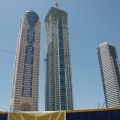
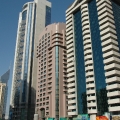
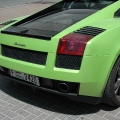
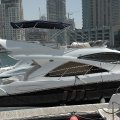
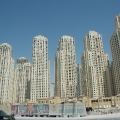
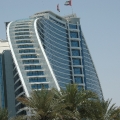
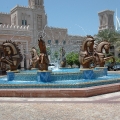
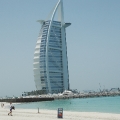
Dubai has boomed up until recently, and now faces a dramatic turnaround as growth comes to a halt. Here’s more about Dubai :).